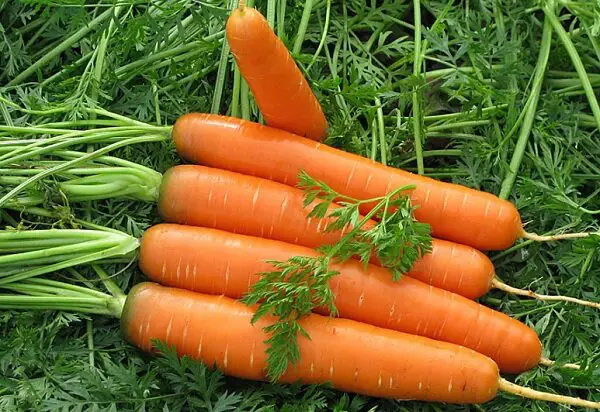Carrots are one of the most popular root vegetables to grow in home gardens, but getting them to develop large, smooth, juicy, and sweet roots can be a challenge. The key to a successful carrot harvest is not only proper planting and soil preparation but also a well-timed feeding regimen. To achieve that picture-perfect carrot crop, three critical feedings are essential.
1. Pre-Planting Feeding: Preparing the Soil for Growth
Before you even plant your carrot seeds, it’s crucial to prepare the soil by incorporating the right nutrients. Carrots thrive in loose, well-drained soil rich in organic matter. The best time to feed your soil is two weeks before planting the seeds.
- Compost or Aged Manure: Add a generous amount of compost or well-aged manure to the soil. This provides a slow-release source of nitrogen and other essential nutrients without the risk of burning the tender roots, which can happen with fresh manure.
- Bone Meal or Phosphorus-Rich Fertilizer: Carrots need phosphorus for strong root development. Incorporating bone meal or a phosphorus-rich fertilizer (such as 10-20-10) ensures the roots can expand deeply into the soil. Mix it into the soil about 4-6 inches deep.
Make sure the soil is well tilled and free of rocks or debris, as this will prevent any obstruction that could cause the carrots to become misshapen.
2. Early Growth Feeding: Boosting Leaf Growth and Root Establishment
Once the carrot seedlings have sprouted and are about 2 inches tall, it’s time for the first in-season feeding. This step is crucial for healthy leaf and root development. Strong leaves help with photosynthesis, providing the energy the plant needs to produce large, smooth roots.
- Balanced Fertilizer (10-10-10): A balanced fertilizer with equal parts nitrogen, phosphorus, and potassium works best at this stage. Nitrogen encourages leafy green growth, phosphorus promotes root development, and potassium helps with overall plant vigor.
- Liquid Seaweed or Fish Emulsion: Another excellent option is a liquid feed like seaweed extract or fish emulsion. These organic solutions are packed with micronutrients that boost plant health without overwhelming the soil with too much nitrogen, which can cause the roots to become forked or hairy.
Apply the fertilizer around the base of the plants, being careful not to directly touch the leaves or stems to avoid burning.
3. Mid-Season Feeding: Focus on Root Growth for Juicy, Sweet Carrots
3. Mid-Season Feeding: Focus on Root Growth for Juicy, Sweet Carrots
About halfway through the growing season, when the carrot tops are well established, you’ll want to focus on ensuring the roots grow large and sweet. Carrots need an extra boost of potassium at this stage to help regulate water and sugar content in the roots, leading to juicy, sweet carrots.
- Potassium-Rich Fertilizer (0-0-60): Use a potassium-rich fertilizer, such as muriate of potash, which is high in potassium but has no nitrogen or phosphorus. This will encourage root enlargement and sweetness without promoting excessive leafy growth.
- Wood Ash (Organic Option): If you prefer an organic option, wood ash can be used as a source of potassium. However, be cautious with the amount, as it can raise soil pH. Apply lightly and monitor the soil’s pH if using this method.
Water the fertilizer in well to help the nutrients reach deep into the soil where the carrot roots are growing.
Additional Tips for an Excellent Carrot Harvest
- Watering: Carrots need consistent moisture to grow smooth and juicy. Water deeply but infrequently, allowing the soil to dry out slightly between waterings. Inconsistent watering can lead to splitting or tough, woody roots.
- Thinning: Thin your carrot seedlings to prevent overcrowding, which can result in misshapen or small roots. Aim for at least 2-3 inches between each carrot plant.
- Mulching: Apply a layer of organic mulch around the carrot tops to retain moisture and prevent weeds from competing for nutrients.
By following these three important feedings and providing the right growing conditions, your carrots will grow large, smooth, juicy, and sweet—just the way you want them. A little attention to their nutritional needs goes a long way in achieving an excellent harvest.
